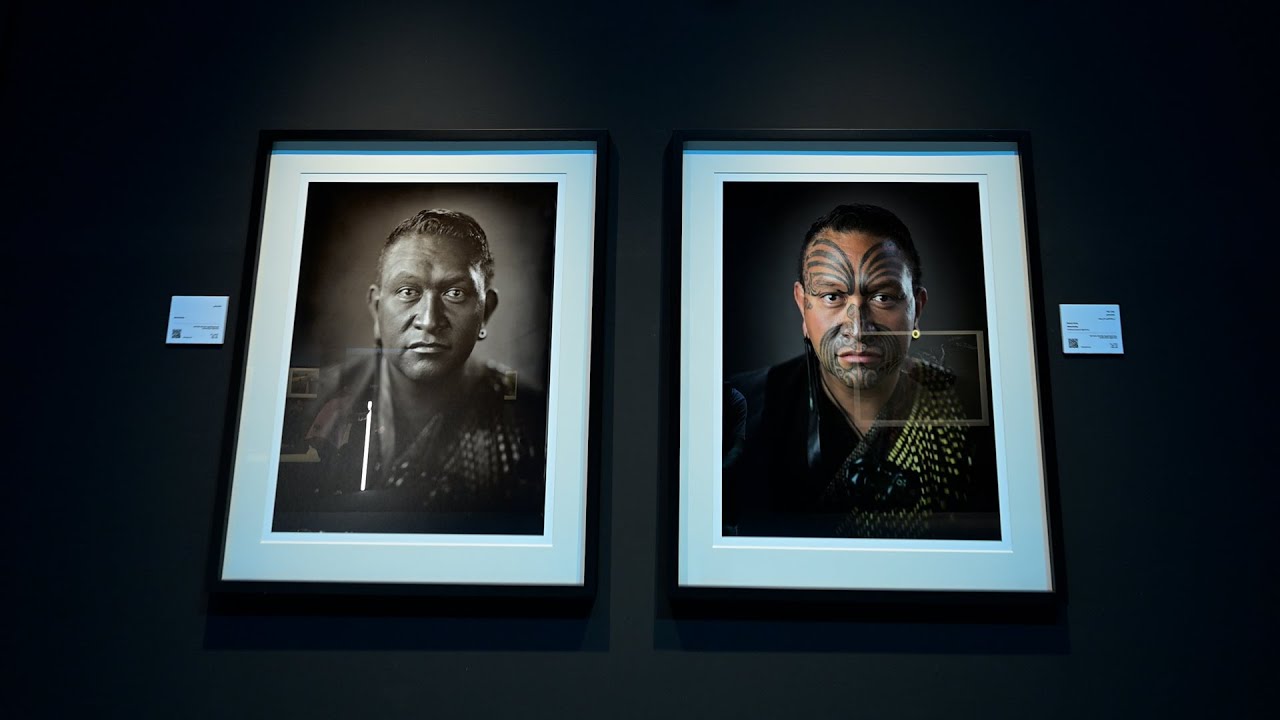
Earning Trust and Preserving Traditions: The Challenges Faced
In contemporary artistic discourse, the interplay between trust, identity, and tradition often dominates discussions on cultural representation. This interplay was vividly articulated by esteemed photographer Bradley during his captivating presentation at Xposure 2025, where he delved into his experiences of photographing individuals adorned with tā moko—traditional Māori tattoos that signify profound personal and cultural narratives. The significance of trust in this process cannot be overstated; it is a delicate thread that binds the photographer and the subject, enabling a true depiction of identity while honoring cultural sentiments.
Bradley elaborated on the nuanced challenges associated with portraying tā moko, underscoring the intricate relationship between representation and fidelity to cultural practices. He explained that initial hesitations were not merely about aesthetics but deeply rooted in the ethics of representation and the potential risk of commodifying sacred symbols. To overcome these hurdles, Bradley employed two distinct photographic techniques: the wet plate collodion process and digital photography. Each technique brings forth unique advantages and challenges; the wet plate collodion process, which often obscures the details of the tattoos, invites viewers to seek deeper meanings behind the artwork. Conversely, digital photography offers unfiltered clarity, capturing the intricate designs that embody personal histories and ancestral connections. This duality serves not only as a technical approach but also as a metaphorical lens through which to view the complexities of Māori identity.
A Portrait of Māori Identity
At the heart of his work lies the exhibition titled Puaki, an evocative project that seeks to amplify the voices of the Māori community while highlighting the rich and vibrant tradition of tā moko. For the Māori people, these tattoos are not mere embellishments but pivotal elements of cultural identity, telling stories that resonate with their ancestors and heritage. The exhibition serves as a powerful reminder of the significance of these tattoos, which convey notions of status, tribal affiliation, and personal milestones.
Bradley believes that portraiture is a profound medium through which deeper connections can be forged. Each captured face tells a story replete with significance, allowing viewers to engage not only with the individual portrayed but also with the broader cultural narratives that underpin their identity. This interactive opportunity transforms the act of viewing into a participatory experience, challenging audiences to reflect on the meanings embedded within the tā moko and to appreciate the broader context of Māori culture more fully.
As audiences navigate the intricate patterns that adorn the skin of the subjects, they are invited to consider the stories behind each tattoo—stories that often reflect centuries of tradition and the resilience of a culture that has persevered despite historical adversities. The experience of observing these portraits becomes a journey that fosters empathy and understanding, leaving viewers enriched with knowledge about a culture that is both intricate and profound.
In conclusion, Bradley’s exploration of tā moko and the Māori identity transcends the boundaries of conventional photography. It advocates not just for visual representation but for an ethical engagement with the subjects and their cultural narratives. In times marked by increasing globalization and frequent cultural exchanges, it is paramount for artists and audiences alike to tread carefully, balancing representation with respect—a theme that resonates deeply within the contexts of art and community engagement.
Thus, as we contemplate the artwork presented in Puaki and the ideals articulated by Bradley, we are encouraged not only to admire these expressions of identity but also to embrace the responsibility that comes with understanding and honoring rich cultural traditions. This venture into the world of tā moko is not merely an artistic endeavor; it is a clarion call to recognize the worth of cultural heritage and to celebrate the narratives that shape our shared humanity.
Tags: #PeopleCultureNews #ArtNews #NewZealand
